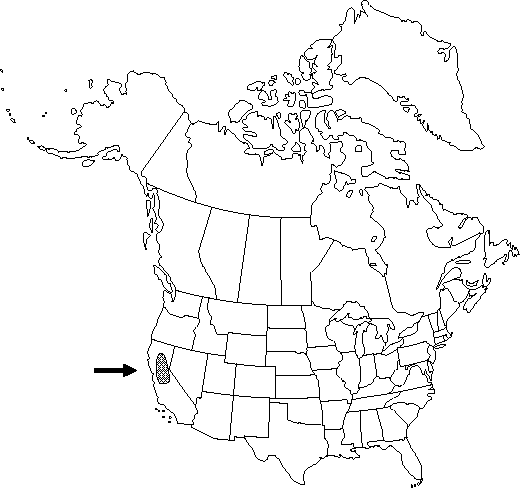familyRanunculaceae
genusRanunculus
subgenusRanunculus subg. Ranunculus
sectionRanunculus sect. Flammula
speciesRanunculus bonariensis
Difference between revisions of "Ranunculus bonariensis var. trisepalus"
Darwiniana 9: 465. 1951.
Basionym: Ranunculus trisepalus Gillies ex Hooker & Arnott Bot. Misc. 3: 133. 1834
Synonyms: Ranunculus alveolatus A. M. Carter
Treatment appears in FNA Volume 3.
imported>Volume Importer |
imported>Volume Importer |
||
| Line 55: | Line 55: | ||
|publication year=1951 | |publication year=1951 | ||
|special status= | |special status= | ||
| − | |source xml=https:// | + | |source xml=https://bitbucket.org/aafc-mbb/fna-data-curation/src/2e0870ddd59836b60bcf96646a41e87ea5a5943a/coarse_grained_fna_xml/V3/V3_1002.xml |
|genus=Ranunculus | |genus=Ranunculus | ||
|subgenus=Ranunculus subg. Ranunculus | |subgenus=Ranunculus subg. Ranunculus | ||
Latest revision as of 21:45, 5 November 2020
Stems erect or decumbent, rooting at proximal nodes, glabrous. Roots not thickened basally, glabrous. Proximal cauline leaf blades elliptic to ovate, 0.8-2.3 × 0.5-1.2 cm, base rounded or obtuse, margins entire to finely denticulate, apex broadly rounded-acute to rounded. Inflorescences: bracts elliptic to ovate. Flowers: receptacle glabrous; sepals 3, spreading or reflexed from base, 1.5-3 × 0.5-2 mm, glabrous; petals 1-3, 1.5-2.5 × 0.5-1 mm; nectary scales glabrous. Heads of achenes globose to ovoid, 2-5 × 2-4 mm; achenes 1.4-1.8 × 1-1.2 mm, smooth, glabrous; beak absent.
Phenology: Flowering spring (Mar–May).
Habitat: Vernal pools and edges of streams
Elevation: 30-1000 m
Distribution

Calif., South America.
Discussion
Selected References
None.
Lower Taxa
None.